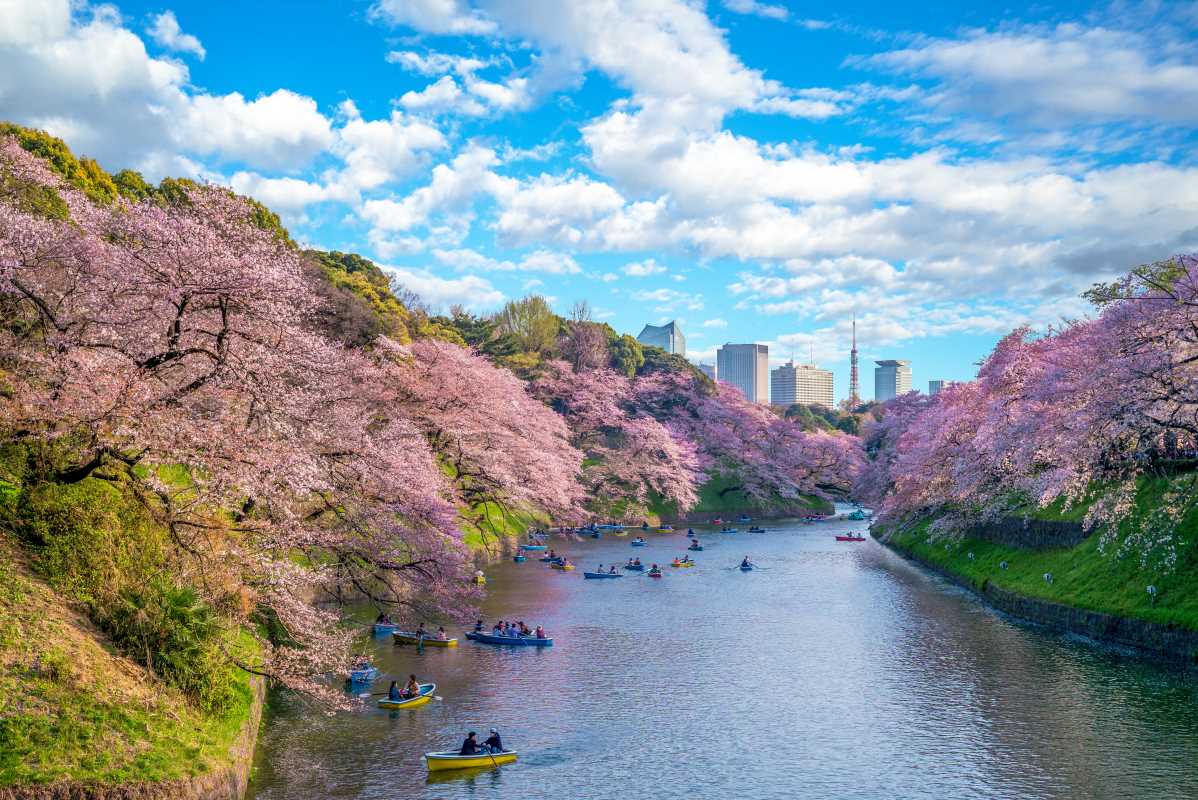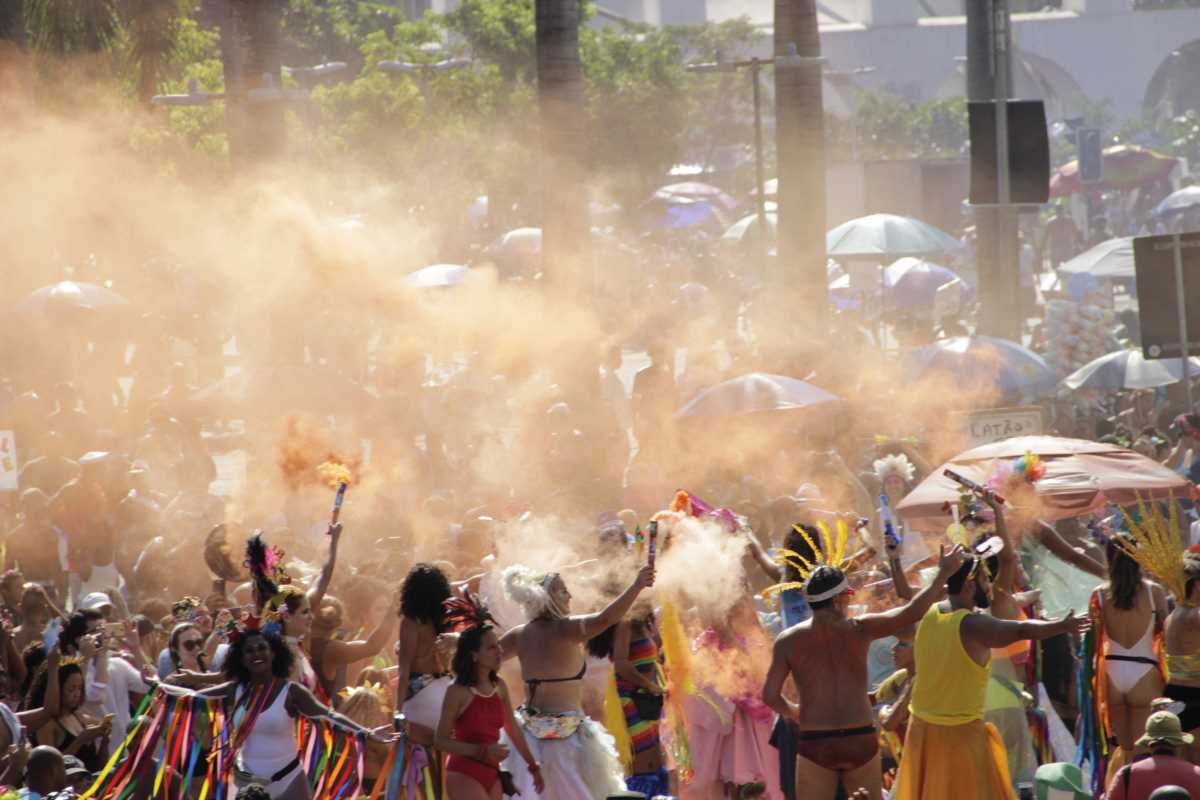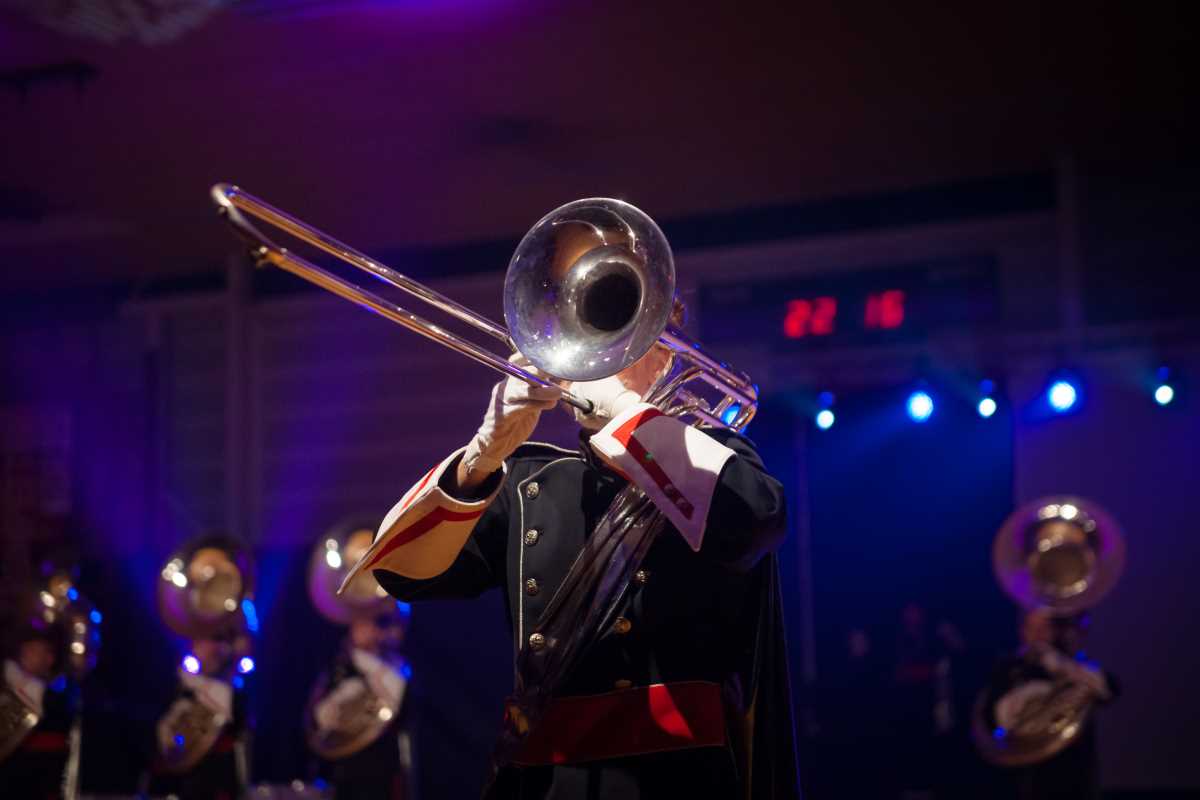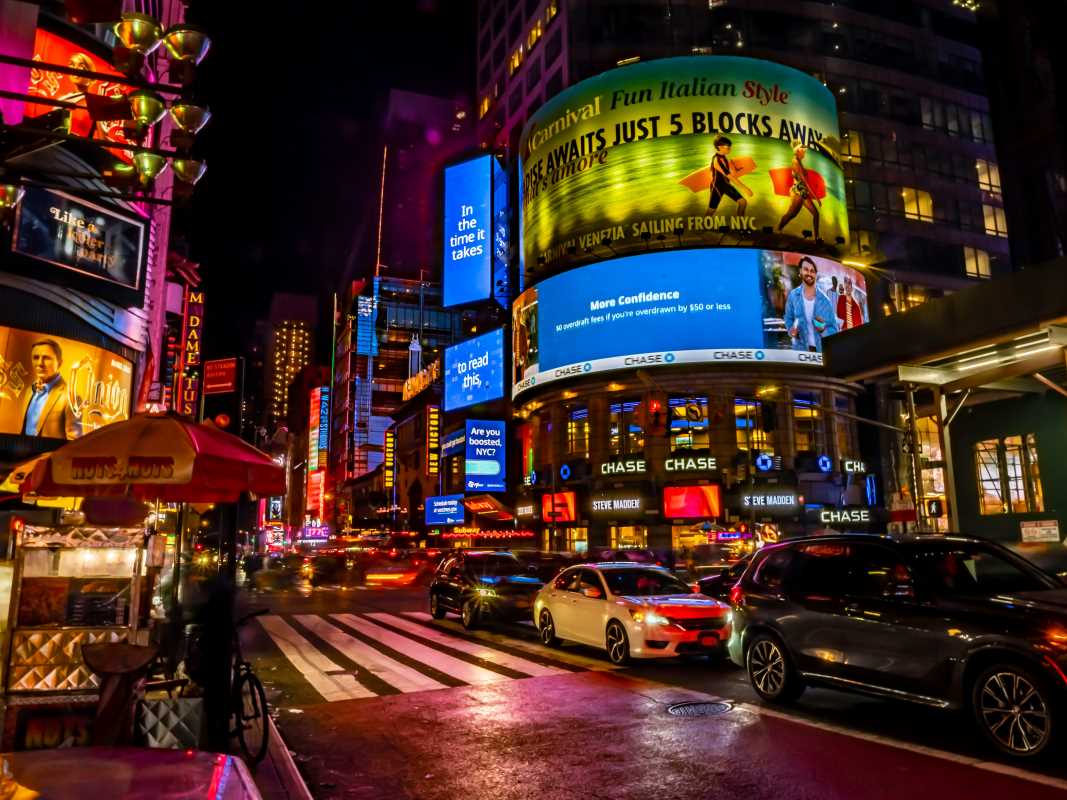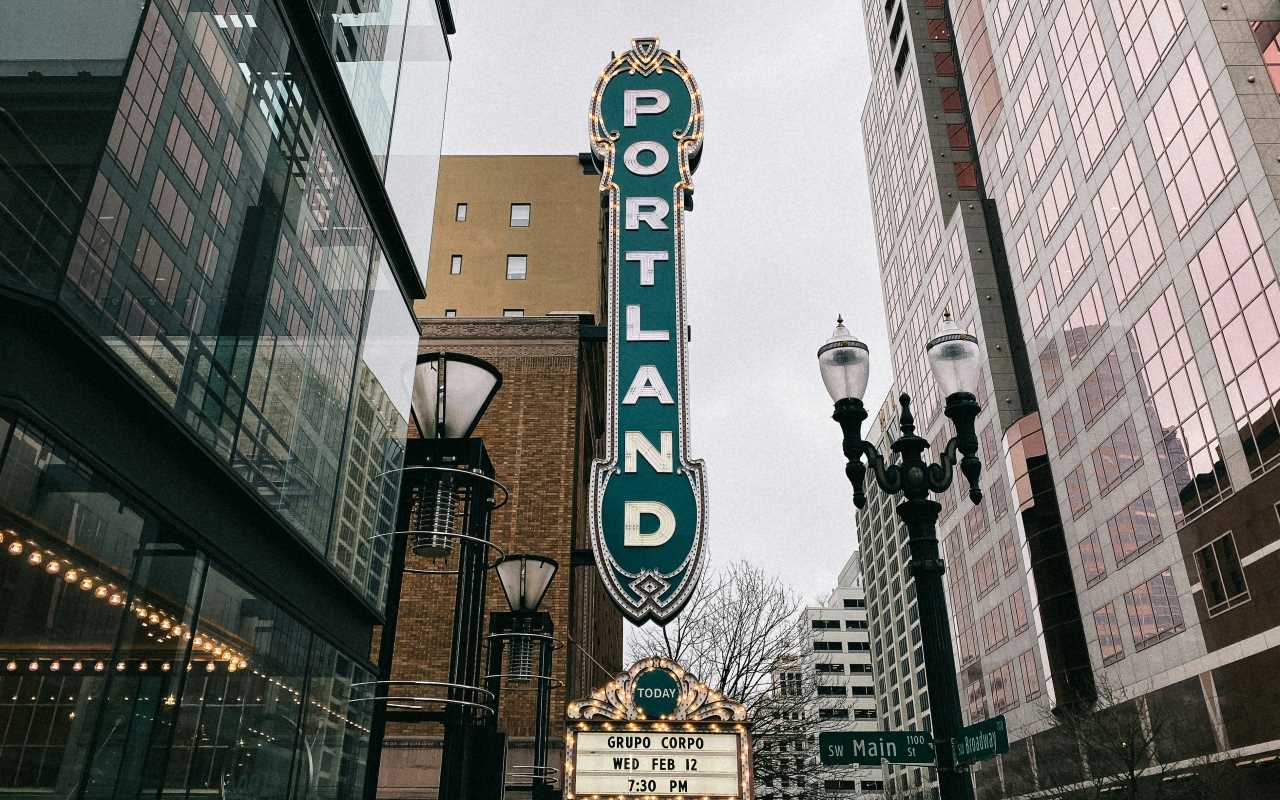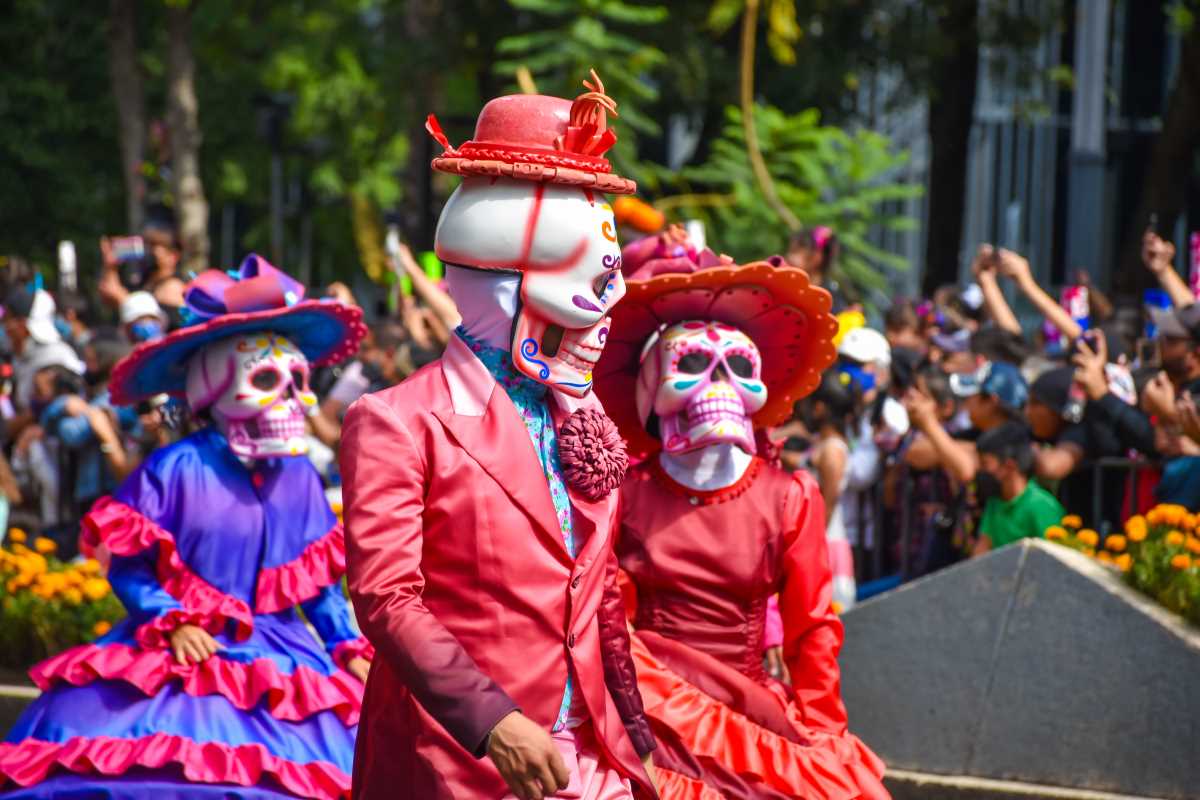California’s Sequoia National Park is a land of giants. Here, colossal trees reach for a sky so dark and clear that it glitters with countless stars. Imagine walking among ancient sequoias by day and gazing at the Milky Way by night. This is the perfect getaway for nature lovers seeking awe and tranquility. A trip to Sequoia and Kings Canyon is a journey into a world of superlatives. From the largest trees on Earth to the vast expanse of the cosmos, it is a place that inspires wonder and reminds us of our connection to the natural world.
You'll find the best places to stay for incredible Sequoia stargazing, learn how to join a ranger-led Giant Forest walk, and discover the park's must-see sights. Get ready to explore a world of towering trees and brilliant night skies.
Walking Among Giants: Ranger-Led Forest Walks
One of the best ways to connect with the park's magic is on a ranger-led program. These walks offer fascinating insights into the ecology, history, and stewardship of these incredible trees. A Giant Forest walk is an experience you won't want to miss.
How to Join a Walk
Ranger-led walks are typically offered during the park's peak season, from late spring through early fall. Here’s what you need to know to participate.
- Check the Park Schedule: Upon arrival, grab a park newspaper or check the official Sequoia & Kings Canyon National Parks website for the most up-to-date schedule of programs. Times and meeting points can change.
- Arrive Early: These programs are popular and operate on a first-come, first-served basis. Plan to arrive at the designated meeting point at least 15-20 minutes early.
- Reservations: Most daily walks do not require reservations. However, special programs like evening snowshoe walks in winter may require advance booking.
- What to Expect: Walks are generally easy to moderate, covering 1-2 miles on paved and unpaved trails. Rangers share stories about the trees, wildlife, and the important role of fire in the ecosystem.
Under a Blanket of Stars: Sequoia Stargazing
Sequoia and Kings Canyon National Parks offer some of the darkest skies in California, making them a premier destination for stargazing. Far from city lights, the celestial show here is simply breathtaking.
Dark-Sky Highlights & Best Seasons
On a clear, moonless night, you can see the Milky Way arching across the sky, along with constellations, planets, and even meteor showers.
- Best Time to Visit Sequoia for Stargazing: Summer and early fall offer the most comfortable weather for nighttime viewing and the best views of the Milky Way core. Spring provides crisp, clear nights, while winter offers its own stark beauty, though you'll need to bundle up.
- Key Celestial Events: Check a celestial calendar for events like the Perseid meteor shower in August, which can be spectacular from a dark-sky location within the park.
Where to Stay for the Best Views
Your choice of lodging can make all the difference for a great stargazing experience.
- In-Park Lodges: Staying inside the park is your best option. Wuksachi Lodge in Sequoia and John Muir Lodge in Kings Canyon offer comfort and immediate access to dark skies. Step outside your door for an incredible view.
- Cabins and Campgrounds: For a more rustic feel, consider the Grant Grove Cabins or various campgrounds. These locations offer minimal light pollution, putting you directly under the stars.
- Nearby Towns: The towns of Three Rivers and Visalia offer more lodging choices outside the park entrance. It may be convenient, but you will need to drive back into the park to find the darkest viewing spots.
Must-See Sights in Sequoia & Kings Canyon
Beyond the forest walks and stargazing, the parks are filled with iconic landmarks. Be sure to add these to your Sequoia National Park itinerary.
- General Sherman Tree: This is the world's largest tree by volume and the star of the Giant Forest. The main trail is a paved, half-mile walk downhill to the tree.
- Tunnel Log: Drive through a fallen sequoia! This famous spot is on the Crescent Meadow Road and is a classic photo opportunity for visitors.
- Moro Rock: For a panoramic view of the Great Western Divide, climb the 350-plus stone steps to the top of this granite dome. The sunset view is unforgettable, but be prepared for a strenuous climb.
- Kings Canyon Scenic Byway: This spectacular drive descends into one of the deepest canyons in North America. The road is typically open from late spring to fall. Stop at viewpoints along the way to admire the powerful Kings River and towering granite cliffs.
A Sample 2-Day Itinerary
Use this plan to structure your visit and experience the best of both parks.
- Day 1: Giants and Sunsets
- Morning: Arrive at the park and head straight to the Giant Forest Museum to get oriented. Join a morning ranger-led Giant Forest walk to learn about the ecosystem.
- Afternoon: Hike to the General Sherman Tree. Afterward, drive the scenic Crescent Meadow Road and pass through Tunnel Log.
- Evening: Make the exhilarating climb up Moro Rock for a spectacular sunset. After dark, find a quiet pull-off or meadow away from lights and spend time stargazing.
- Day 2: Canyon Views and Farewells
- Morning: Drive the breathtaking Kings Canyon Scenic Byway down into the canyon. Stop at Grizzly Falls and Roaring River Falls for short, easy walks.
- Afternoon: Explore Cedar Grove at the end of the road. Enjoy a picnic lunch by the Kings River and take a final, peaceful walk along the riverbank.
- Late Afternoon: Begin your journey out of the park, filled with memories of giant trees and starry nights.
Safety and Park Etiquette
- Leave No Trace: Pack out everything you pack in. Stay on designated trails to protect fragile meadows and sequoia root systems.
- Wildlife Etiquette: Never feed wild animals. Maintain a safe distance from all wildlife, including bears and deer. Store all food and scented items properly in bear-proof lockers.
- Accessibility: Many key sights, like the General Sherman Tree and the Giant Forest Museum, have accessible trails and facilities. Check the park's accessibility guide for detailed information.
- Budget Tips: If you plan to visit multiple parks in a year, you can save on entry fees by purchasing a National Parks Pass. Packing your own lunches and snacks can also help you save money.
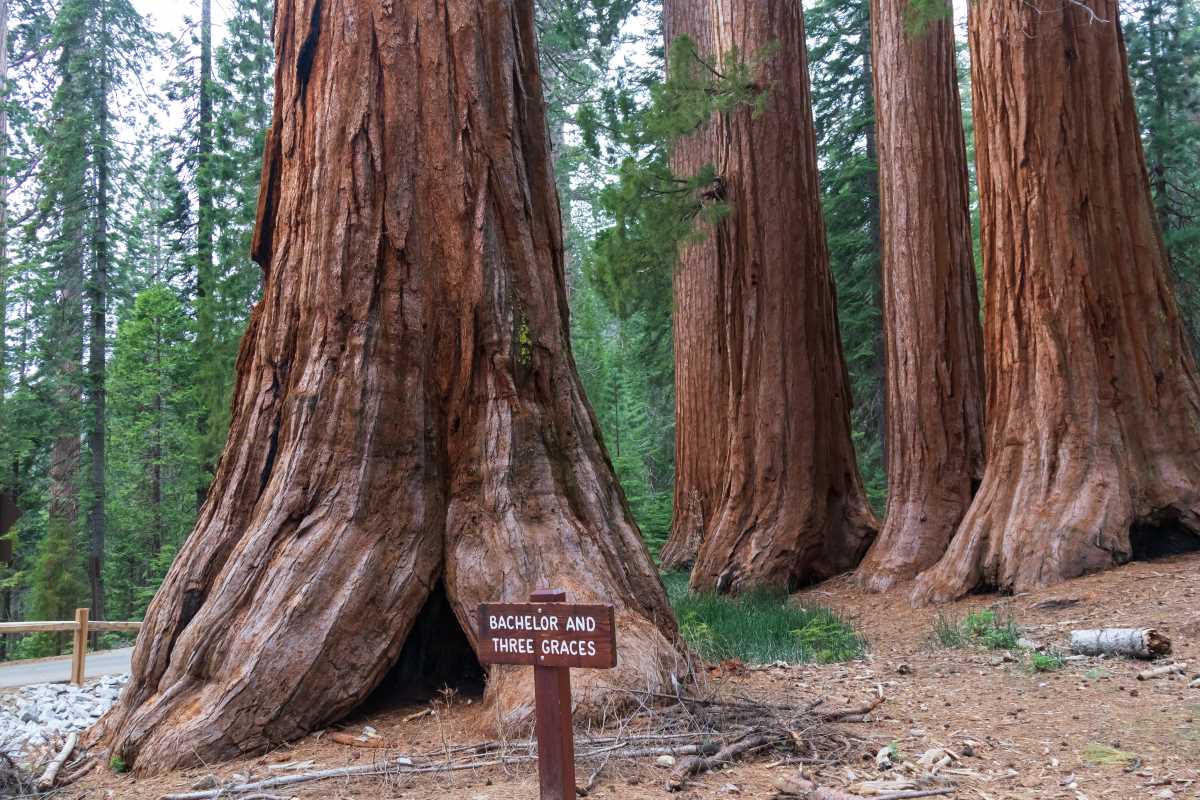 (Image via
(Image via